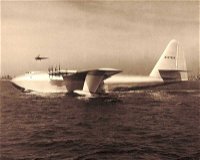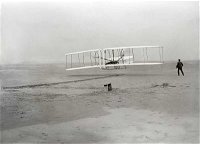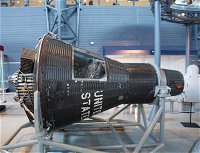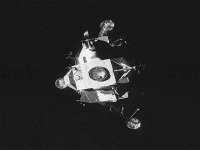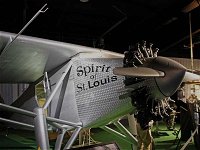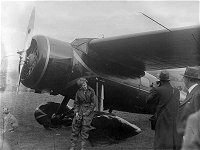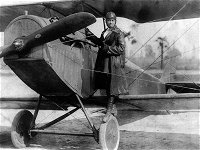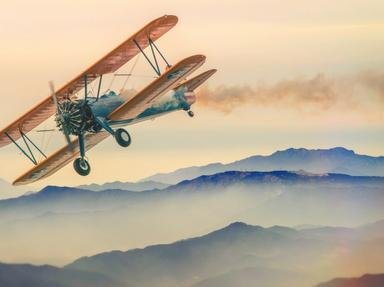
Who Was the Pilot? Trivia Quiz
These are well-known aircraft and space vessels. Match them to the person who commanded them.
This is a renovated/adopted version of an old quiz by author alanyo
by wellenbrecher.
Estimated time: 3 mins.
- Home
- »
- Quizzes
- »
- World Trivia
- »
- Transport
- »
- Aviation
